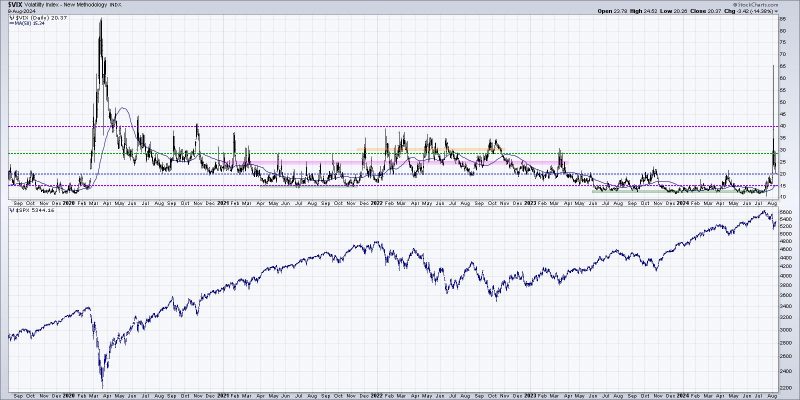Market sentiment plays a crucial role in determining the direction of financial markets. As investors and traders gauge the mood and behavior of market participants, they often turn to various sentiment indicators to make informed decisions. In the current market environment, where uncertainty and volatility are prevalent, it is essential to pay close attention to these indicators to navigate the turbulent waters of investing. In this article, we will explore three key market sentiment indicators that are signaling a bearish phase in the markets.
The first indicator that confirms the bearish sentiment is the Fear & Greed Index. This popular sentiment indicator measures market sentiment on a scale of 0 to 100, with lower scores indicating extreme fear and higher scores pointing to greed. A reading below 20 suggests excessive fear in the market, signaling a potential buying opportunity, while a reading above 80 indicates extreme greed and may point to an overvalued market. The Fear & Greed Index is currently hovering around the fear zone, indicating that investors are cautious and risk-averse, which could lead to a downtrend in the market.
The second indicator confirming the bearish sentiment is the Put/Call Ratio. This ratio compares the number of put options (bearish bets) to call options (bullish bets) traded on the options market. A high put/call ratio suggests that investors are buying more puts as a hedge against potential downside, reflecting a pessimistic outlook on the market. Conversely, a low put/call ratio indicates bullish sentiment, as investors are more inclined to purchase call options in anticipation of a rising market. The current elevated put/call ratio signals heightened concerns among investors and suggests a bearish bias in the market sentiment.
Lastly, the VIX, also known as the fear index, is a volatility index that measures market expectations for future volatility. A high VIX level indicates that investors are anticipating increased market turbulence and are willing to pay higher premiums for options to protect their portfolios. Historically, a rising VIX is associated with declining stock prices, as heightened volatility often leads to a sell-off in the market. The current elevated levels of the VIX indicate that investors are bracing for more volatility ahead, supporting the bearish sentiment prevailing in the market.
In conclusion, the combination of these three market sentiment indicators paints a bearish picture for the financial markets. As investors navigate through a challenging and uncertain environment, it is crucial to monitor these indicators closely to make well-informed investment decisions. By staying attuned to the prevailing sentiment and adapting strategies accordingly, investors can better position themselves to weather the storm and capitalize on opportunities that arise in volatile markets.

